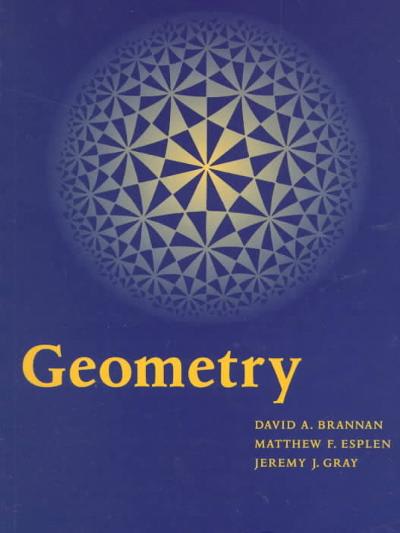
Events and Their probabilities. Statistics
Task 2...ilities D B . . . Tasks for independent work 1. Are the following events equally possible: a. Experience - tossing a symmetrical coin; events: Al = {appearance of the coat of arms); A2 = {number appearance}. b. Experience - throwing the wrong (bent) coin; events: Al = {appearance of the coat of arms}; A2 = {number appearance}. c. Experience - a shot at a target; events: C1 = {hit}; C2 = {miss}. d. Experience - tossing two coins; events: D1 = {appearance of two emblems}; D2 = (two digits appear}; D3 = {appearance of one coat of arms and one digit}. e. Experience - removing one card from the deck; events: El = {appearance of a card of pure color}; E2 = {appearance of a card of clubs suit}; E3 = {appearance of the card of the diamonds suit}. f. Experience - dice roll; events: F1 = {appearance of at least three points}; F2 = {appearance of no more than four points}. g. Experience - sports lottery draw (6 of 36); events: G1 = {occurrence of a combination of 1 2 3 4 5 6}; G2 = {appearance of a combination of 3 12 6 8 36 16}. 2. List all possible outcomes and indicate whether they are equally possible for the following experiments: a. tossing two coins; b. consideration of the last two digits of a telephone number taken at random from a directory; c. consideration of the sum of the last two digits of the telephone number taken from the directory at random. 3. Indicate whether the following events are elementary: a) loss of the sum of points 7 when throwing two dice; b) the loss of two digits in the experiment with three coins; c) pulling out an ace when randomly choosing a card from the deck; d) loss of the sum of points 2 when throwing a pair of dice; e) the loss of three emblems when throwing three coins; 4. What is the likelihood that when you roll a dice, a multiple of three will fall out? 5. Determine the probabilities of the following events for the dice experience: a) the loss of the number 5; b) loss of a number greater than 3; c) occurrence of an even number. 6. What is the probability that with the simultaneous throwing of two dice, the following events will occur: a) loss of points 11; b) loss of points less than 5; c) loss of an even amount of points. 7. Two dice are thrown simultaneously. Event A - the amount of points dropped is more than nine, event B - this amount is less than five. Which of these events is more likely? 8. What is the likelihood that with the simultaneous throwing of two dice, the total amount of points dropped will be nine, and the difference three. 9. A two-digit number has been conceived. Determine the probability that the intended number will be: a. a randomly named two-digit number; b. a randomly named two-digit number whose digits are different. 10. In the box there are 15 parts, among which 10 are painted. The random collector retrieves three parts. Find the likelihood that the extracted parts will turn out to be colored. 11. There are 100 parts in the box, of which 10 are defective. Four parts are extracted at random. Find the probability that among the extracted parts: a. no defective; b. no standard. 12. Dialing a phone number, the subscriber forgot the last three digits and, remembering only that these numbers are different, dialed them at random. Find the probability that the desired numbers are dialed. 13. Six men and four women work in the workshop. Seven people were randomly selected by personnel numbers. Find the likelihood that three women will be among the selected individuals. 14. The group has 12 students, including 8 excellent students. 9 students were selected on a random list. Find the likelihood that there are five excellent students among the selected students. 15. In the "secret" lock on the common axis are four disks, each of which is divided into five sectors, on which the numbers are written. The lock opens only if the disks are mounted so that the numbers on them make up a certain four-digit number. Find the likelihood that when installing disks randomly, the lock will open








